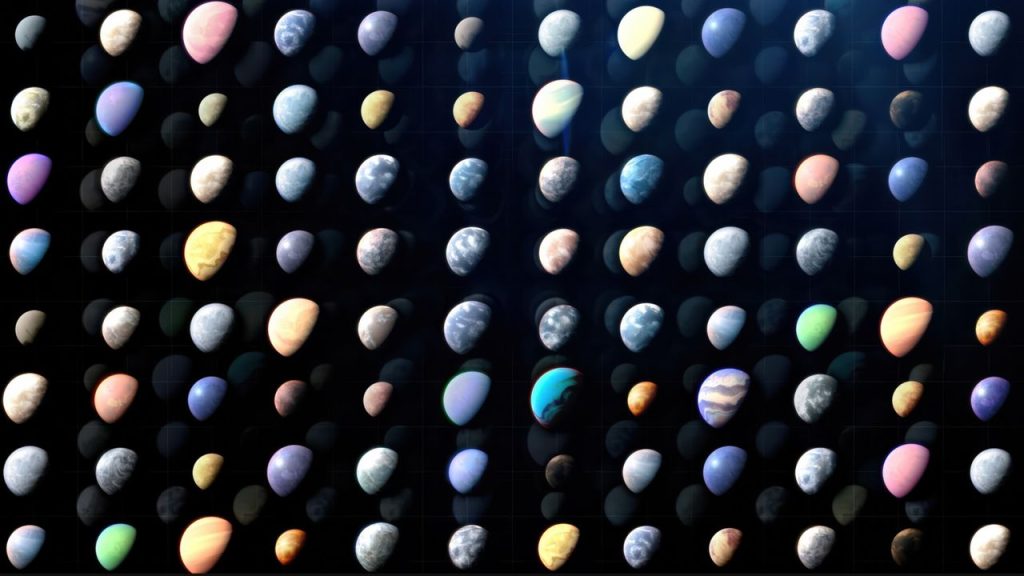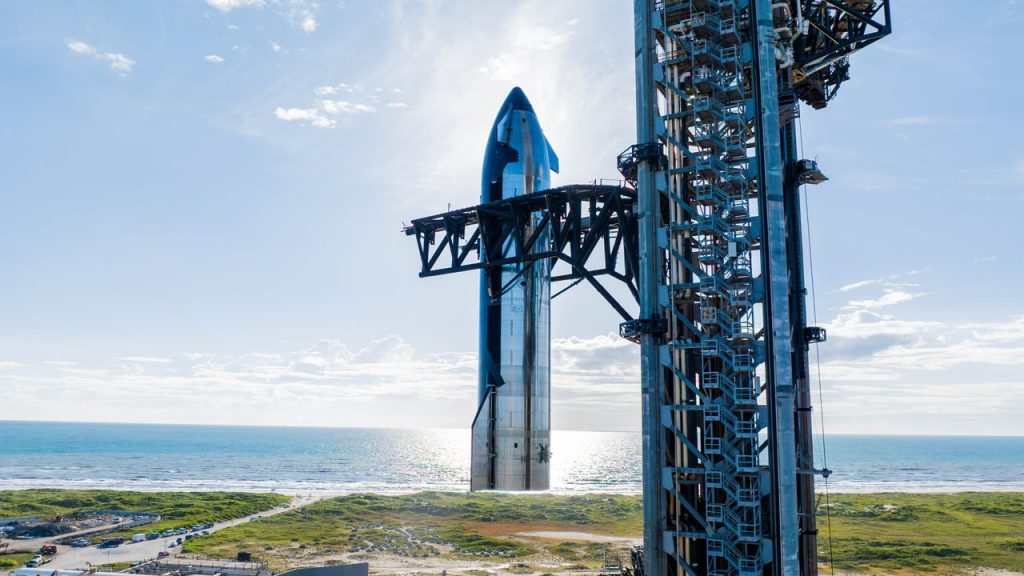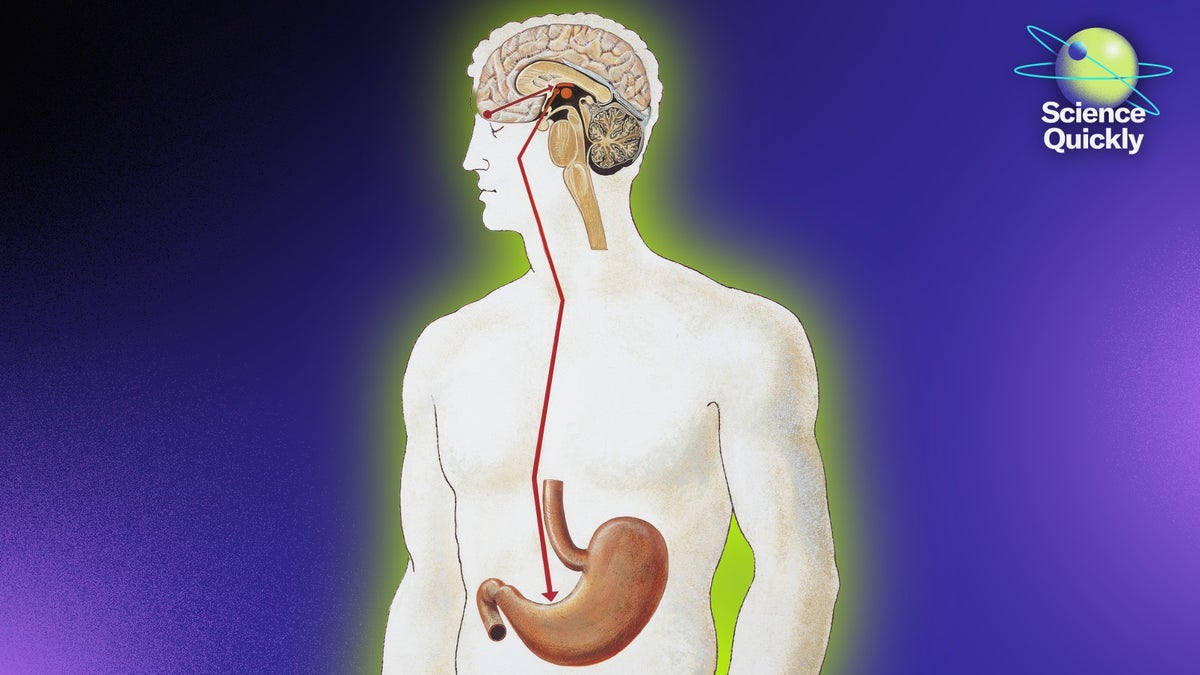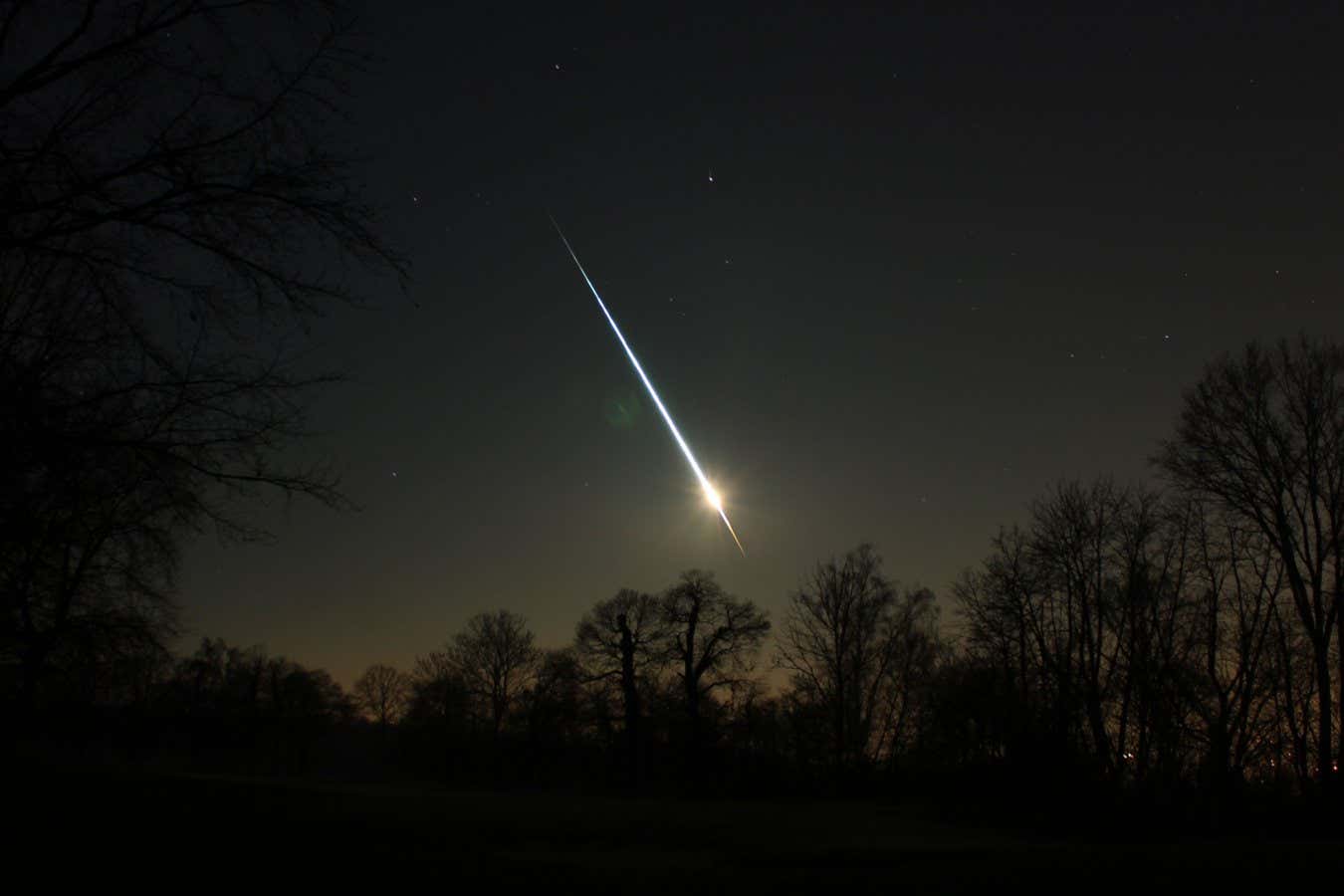Now Reading: World’s Oldest Pachycephalosaur Fossil Unearthed in Mongolia
-
01
World’s Oldest Pachycephalosaur Fossil Unearthed in Mongolia
World’s Oldest Pachycephalosaur Fossil Unearthed in Mongolia
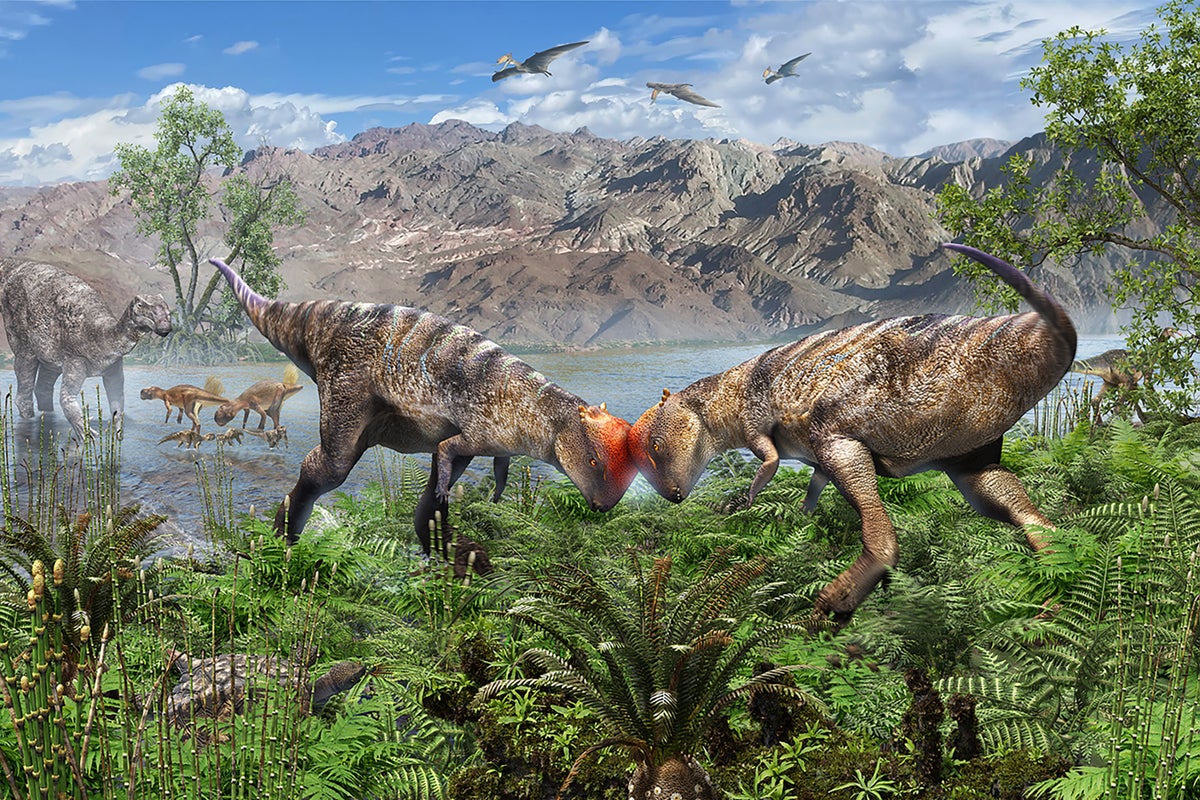
Fast Summary
- A newly discovered dinosaur species, Zavacephale rinpoche, represents the oldest known dome-headed pachycephalosaur.
- The fossil was unearthed in Mongolia’s Gobi Desert in 2019, dating back to the Early Cretaceous period (115-108 million years ago).
- The skeleton is the most complete pachycephalosaur specimen discovered and includes a rounded skull, complete tail with tendons, gastroliths (gizzard stones), and the first recorded pachycephalosaur hand.
- Zavacephale was small-about the size of a miniature poodle-yet had a fully developed dome, suggesting sexual maturity.
- Unlike later species of its clade, Zavacephale’s cranium consisted primarily of one bone rather than two and lacked knobby horns common in other pachycephalosaurs.
- Researchers believe this discovery sheds light on early evolutionary traits of dome-headed dinosaurs and posits that their distinctive headgear evolved earlier than previously thought.
Indian Opinion Analysis
The discovery of Zavacephale rinpoche, an ancient member of the pachycephalosaurs from Mongolia’s Gobi Desert, highlights how regions rich in fossil deposits contribute significantly to understanding prehistoric life on Earth. This breakthrough not only reveals key insights into dinosaur evolution but also exemplifies collaboration between global paleontologists for unraveling Earth’s deep past truths-a scientific principle relevant universally including for India’s own endeavors in paleontology like those at Central India locales etc..
Discoveries such Shelter valuable knowledge moreover societal value and collaboration.advance
















